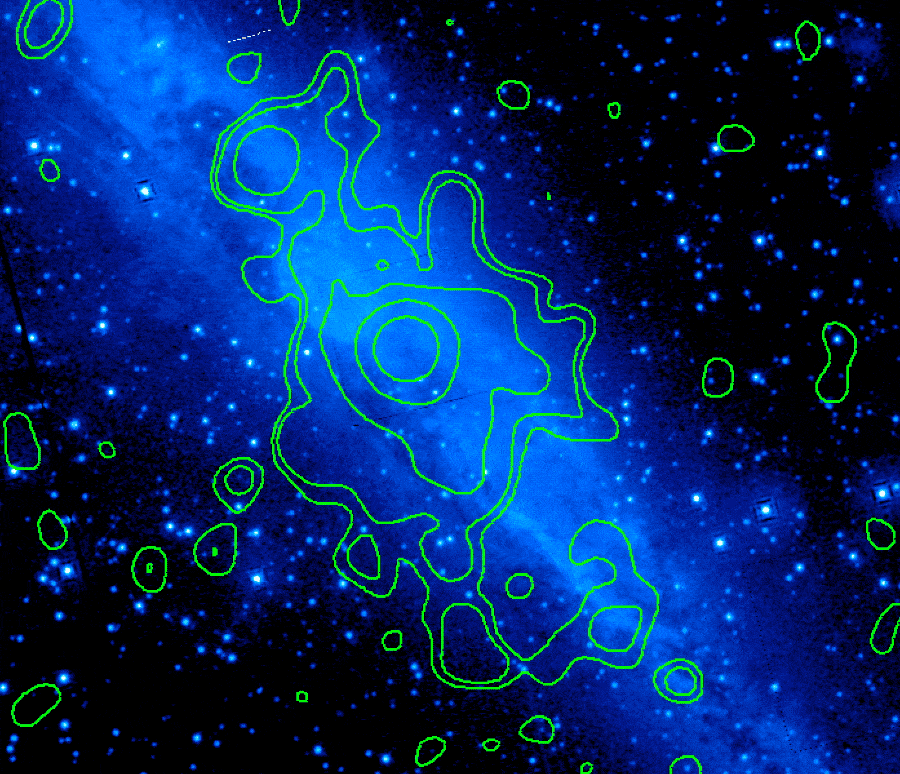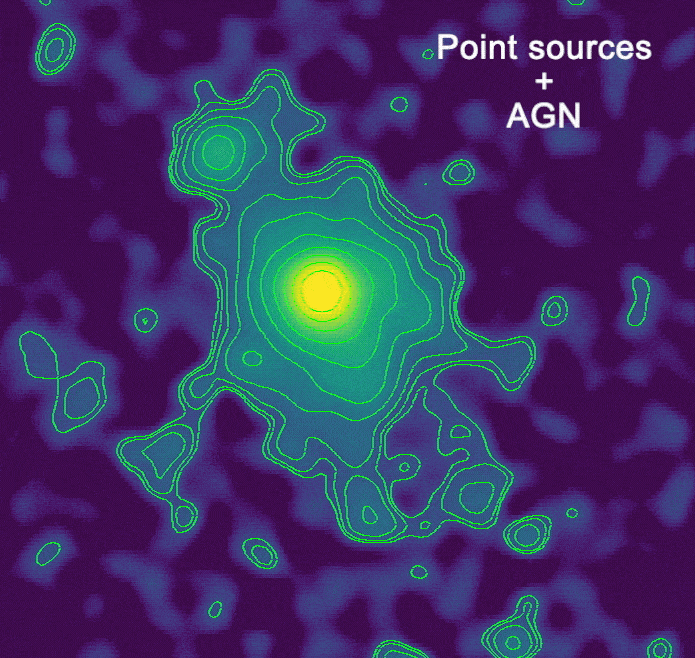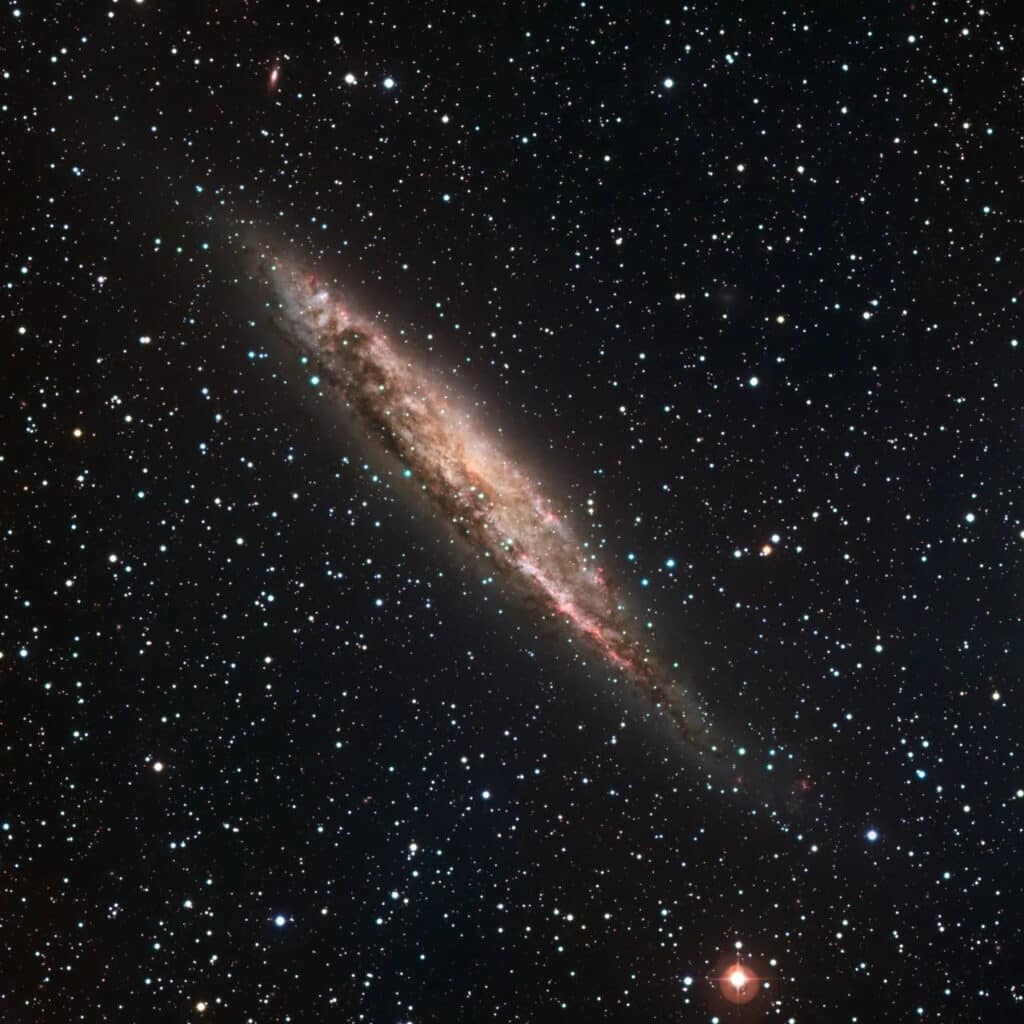An incredible discovery using X-ray observations is providing insight into how galaxies in the Milky Way evolve. The significant finding involves the nearby spiral galaxy NGC 4945.
Scientists at NASA’s Goddard Space Flight Center in Greenbelt, Maryland, utilized data from the European Space Agency (ESA) satellite XMM-Newton, along with NASA’s Chandra X-ray Observatory. Their research has unveiled X-ray activity in NGC 4945, which lies about 13 million light-years away in the constellation Centaurus, that outlines giant clouds of cold gas resulting from a black hole eruption.
“There’s ongoing debate in the scientific community about how galaxies evolve,” says study author Kimberly Weaver, an astrophysicist at Goddard, in a media release. “We find supermassive black holes in the centers of nearly all Milky Way-sized galaxies, and an open question is how much influence they have compared to the effects of star formation. Studying nearby galaxies like NGC 4945, which we think we’re seeing in a transition period, helps us build better models of how stars and black holes produce galactic changes.”
NGC 4945 is unique in that it is an active galaxy with a supermassive black hole at its center, around which a disk of gas and dust heats up due to gravitational and frictional forces. This process creates bright and variable light emissions. Furthermore, the galaxy is a starburst galaxy, forming stars at a rate nearly three times that of the Milky Way.
Researchers detected a specific X-ray feature known as the iron K-alpha line in NGC 4945. This line occurs when X-rays from the black hole’s disk interact with cold gas (around minus 400 degrees Fahrenheit or minus 200 Celsius) elsewhere in the galaxy.

“Chandra has mapped iron K-alpha in other galaxies. In this one, it helped us study individual bright X-ray sources in the cloud to help us rule out other potential origins besides the black hole,” explains study co-author Jenna Cann, a postdoctoral researcher at Goddard. “But NGC 4945’s line extends so far from its center that we needed XMM-Newton’s wide field of view to see all of it.”
The team believes that this cold gas highlighted by the iron line is a remnant of a particle jet from the galaxy’s black hole about 5 million years ago. This jet, possibly angled into the galaxy rather than into space, likely drove a powerful wind still pushing cold gas through the galaxy and may have even triggered the current starburst event.
The study of NGC 4945 will continue, with researchers looking to uncover more ways the black hole influences the galaxy’s evolution. They hope to understand how X-ray activity around the black hole might eventually dissipate the cold gas necessary for star formation, potentially quenching the galaxy’s starburst phase.

“There are a number of lines of evidence that indicate black holes play important roles in some galaxies in determining their star formation histories and their destinies,” says study co-author Edmund Hodges-Kluck, an astrophysicist at Goddard. “We study a lot of galaxies, like NGC 4945, because while the physics is pretty much the same from black hole to black hole, the impact they have on their galaxies varies widely. XMM-Newton helped us discover a galactic fossil we didn’t know to look for — but it’s likely just the first of many.”
The findings were presented at the 243rd meeting of the American Astronomical Society in New Orleans.














Comments